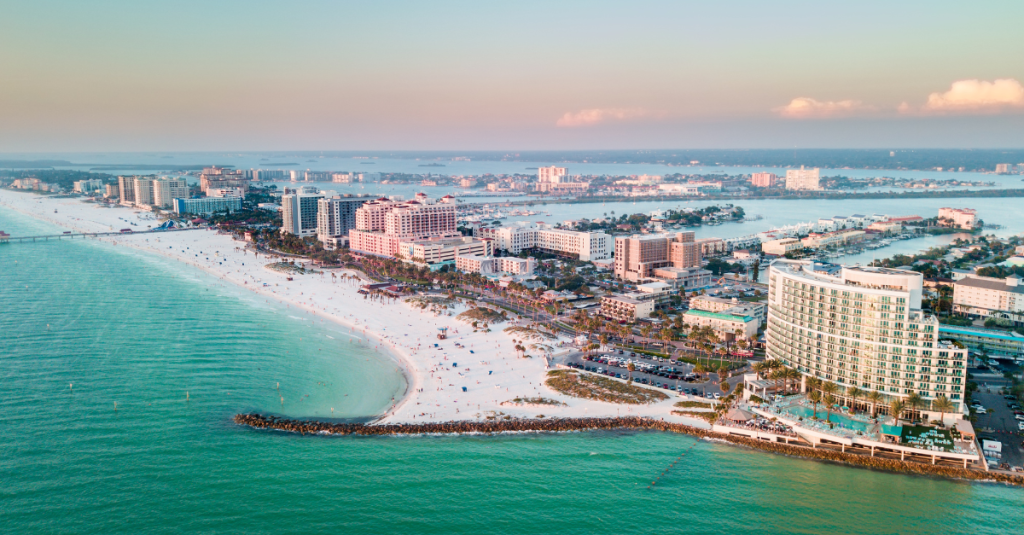Florida is implementing comprehensive tourism recovery plans following the havoc caused by Hurricanes Helene and Milton.
- A social media campaign titled ‘Sunshine is Shining in Florida’ was launched, emphasising unaffected areas remain open for tourism.
- Visit Florida is collaborating with content creators for promotional efforts, ensuring visibility of undamaged regions.
- Crisis recovery initiatives, backed by millions, are set to support affected destinations in the coming weeks.
- Key transportation hubs like Tampa International and Orlando International airports have resumed full operations.
Florida has swiftly reacted with a detailed plan to rejuvenate its tourism sector in the aftermath of Hurricanes Helene and Milton. A critical component of this strategy is a social media campaign, ‘Sunshine is Shining in Florida,’ showcasing areas that either escaped damage or were minimally affected. Images and videos captured post-Helene form the backbone of this campaign, grounding it in recent realities.
Visit Florida, leveraging partnerships with content creators, aims to highlight areas untouched by the hurricanes. The ongoing collaboration includes resuming paid search and promotional media efforts, part of a broader regional action plan with major online travel partners scheduled for the coming months, especially the ‘Gift of Florida’ campaign in November and December.
Dana Young, the Visit Florida chief executive, stated, “In the coming weeks, we will roll out a larger crisis recovery initiative, with several million dollars in planned investment, to further support impacted destinations.” This initiative reflects a coordinated response to rebuild and promote Florida’s tourist-centric regions, aligning with the state’s commitment to rapid recovery.
The substantial organic social media campaigns under ‘Stronger than the Storm’ and ‘Florida is Resilient’ aim to market Florida domestically and underscore its resolve in recovery. Visit Florida has also engaged with destination marketing organisations to assess readiness for welcoming back visitors.
Strategic operations at key airports were pivotal. Tampa International Airport, for example, reopened at near-full capacity shortly after Hurricane Milton, demonstrating commendable resilience. John Tiliacos, the executive vice president, highlighted the efficacy of strategic planning and execution that allowed swift recovery. Similarly, Orlando International and Melbourne Orlando airports have resumed full operations, reinforcing accessibility to the state. In addition, the Florida Keys & Key West, a major tourist attraction, reported no significant infrastructural damage, ensuring continuity in offerings.
Florida’s robust recovery strategies underscore its commitment to restoring and promoting tourism efficiently.

